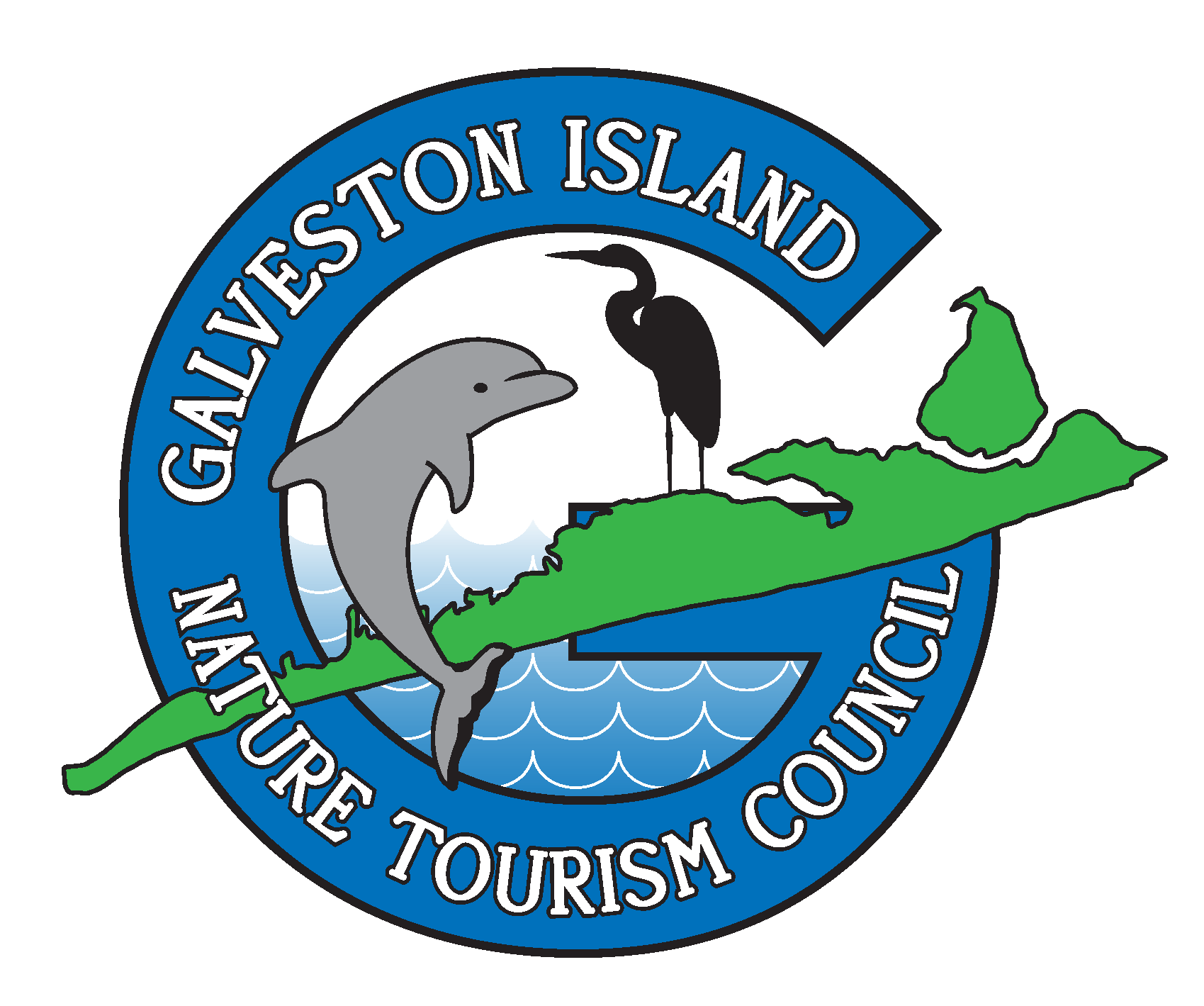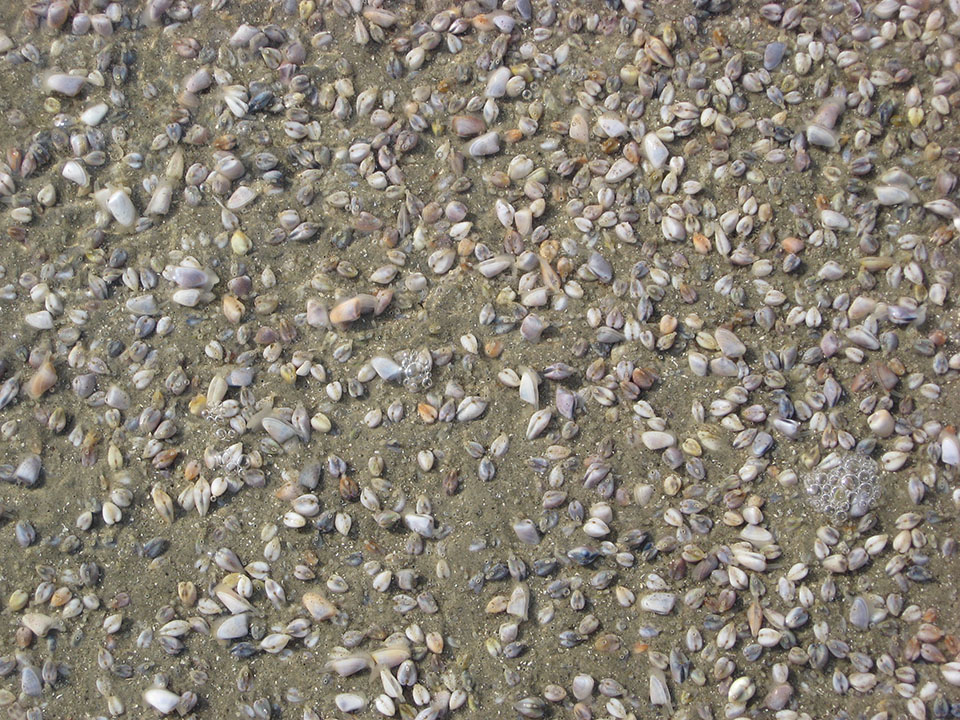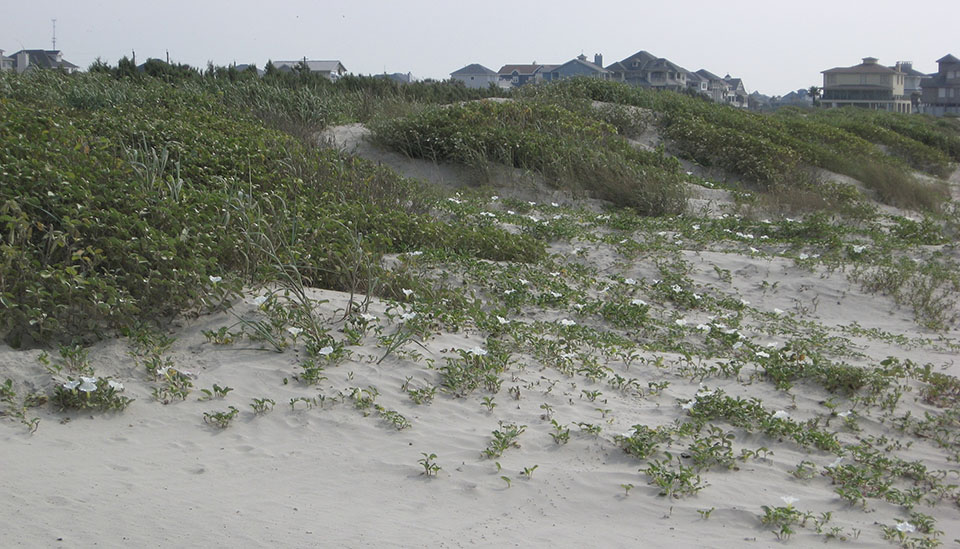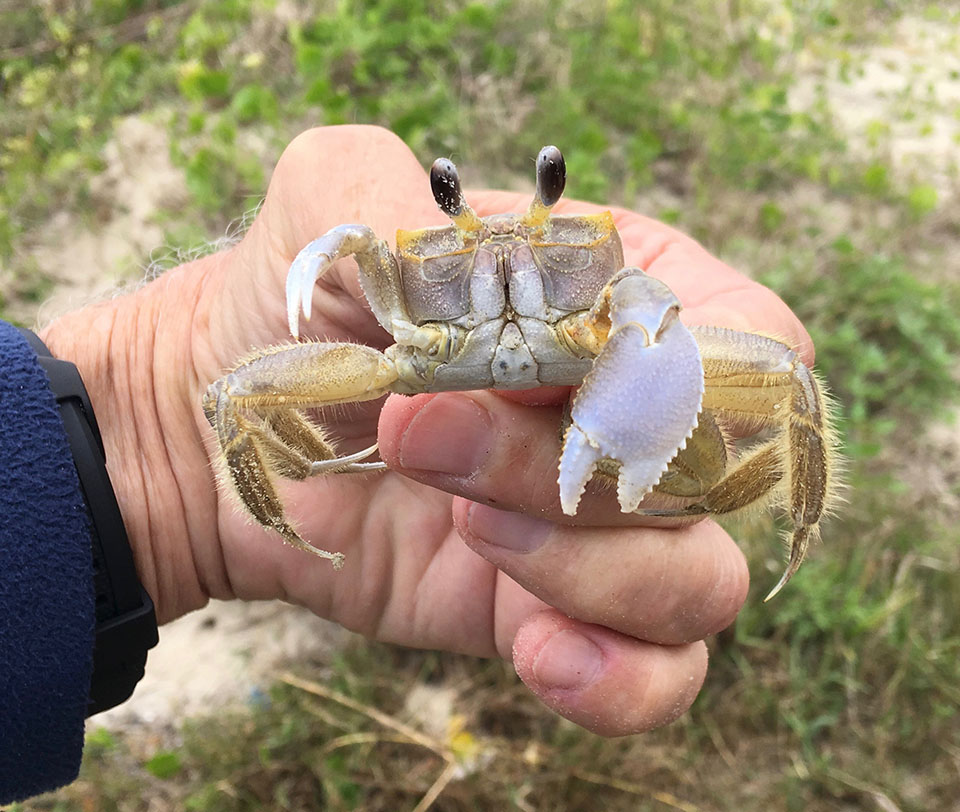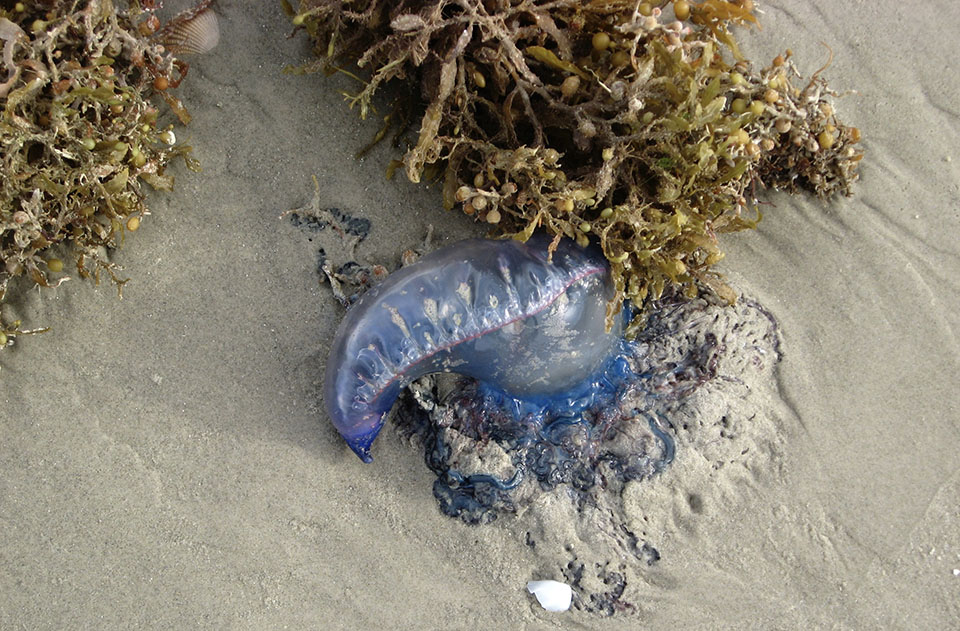by Steve Alexander
Of the millions of people who visit Galveston each year, most come to play on the island’s sandy beaches. It’s been that way for more than a century.
But for those who visit island beaches this summer, may I add a second objective? Take some time to notice the plants and animals that call this place home. It will help you appreciate the true “nature” of the beach. Below are a few inhabitants you might see.
The most abundant and readily observable inhabitants at water’s edge are bean clams. At times, they can readily be seen when they move all at once up the shore with the tide, their vast numbers creating an unbelievable sight.
You may also notice shorebirds like sanderlings and willets. They search at water’s edge for food – sand-dwelling mole crabs, bean clams and marine worms. Watch as they move about probing the sand with their bills, all the while deftly avoiding water pushed at them by waves.
When you look toward the upper beach, you’ll notice plants growing on piles of sand that make up the dunes. Dune plants send down roots that trap and hold sand, aiding in the process of beach building. Some stand tall, like sea oats and bitter panicum; others produce white flowers, like beach morning glory.
Among the dune plants and piles of sand, look for holes of the fleet-footed ghost crab. A few may show themselves during the day but risk being preyed upon by birds like night herons. They’re more readily observed at night when they exit the burrows to moisten their gills at water’s edge and feed on bean clams and carrion, like seaweed and dead fish. They’re speedy afoot when spotted by flashlight, a fact you’ll likely learn for yourself.
While these are full-time residents of the shore, others are only fleeting visitors, like female sea turtles. Females come ashore for the sole purpose of laying eggs in the sand on the upper beach. When her task is done, she retreats back into the water, leaving behind her eggs and tracks in the sand.
Still others are on the beach only because waves strand them there, like seaweed and Portuguese-man-o-war. Seaweed has many benefits on the beach, so may be left in place to help trap sand for beach building. A stranded man-o-war also should be left alone since the tentacles still possess armed stinging cells after being cast ashore.
The beach is Galveston’s favorite playground. But on your next visit, set aside a few moments to observe the plants and animals that call this place home. After all, sandy beaches are habitats, too.
[ABTM id=6804]
